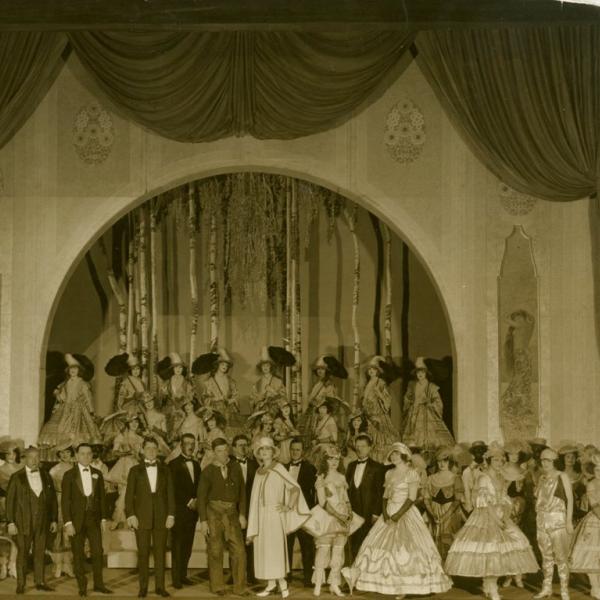Gertrude Hoffman and the Dance That Offended Public Decency
Tuesday, August 1, 2017 by
The Museum’s ongoing exhibition Activist New York recently debuted a new case study that explores the battle over birth control and obscenity laws that raged in New York at the turn of the 19th century. A visitor to the new “Social Purity” case will notice a photograph of a scantily clad woman lounging in front of a lion skin. This is the dancer Gertrude Hoffman (sometimes spelled Hoffmann), and it was her portrayal of the princess Salome and her subsequent arrest that earned her a spot in the exhibition.
A dancer from California, Hoffman arrived in New York City performing on the vaudeville circuit. She caught the attention of theater owner and producer Oscar Hammerstein (the grandfather of the famous lyricist). In 1908, Hammerstein sent Hoffman to England to study the acclaimed Salome dance performed by Canadian actress Maud Allen. A few months later, Hoffman debuted “A Vision of Salome” at Hammerstein’s performance space atop the Victoria Theatre.
The ancient story of Salome enjoyed a popular resurgence in the late 19th century. Though this resurgence was not without controversy. The seductive dance Salome performs for the Biblical king Herod coupled with the appearance of the severed head of John the Baptist gave theatrical censors much to worry over. Oscar Wilde’s Salomé was shut down before it had a chance to make its London debut ostensibly because it was deemed unlawful to depict Biblical characters on stage. No doubt, it was the sex appeal and gore that fueled the story’s popularity resulting in multiple interpretations in Europe and America. In all versions, Salome’s dance (“the dance of the seven veils”) is performed in revealing clothing. When Hoffman first performed at the Victoria, The New York Times noted her “brevity of costume.”
Though minimally attired, Hoffman’s performance did not merit action from Anthony Comstock and his New York Society for the Suppression of Vice (for more on Comstockery – visit Activist New York.) While touring the show in March 1909, Hoffman encountered some trouble in Kansas City and St. Louis. In the former city, she was banned from performing, and in the latter, John the Baptist’s head was replaced by a bouquet of roses.
Back in New York in July of that same year, Hoffman once again graced the boards of Hammerstein’s Victoria roof theatre. This time, however, Vice was watching, and on July 23, she was arrested for offending public decency. That she had up to that point performed the dance over 400 times by her own count seemed irrelevant to the arresting officer. According to vaudeville historian Armond Fields, the judge threw out her case precisely because she had performed it so many times in the city without incident.
Undeterred by obscenity troubles, Hoffman continued building a dance career on strong female characters. She created dances as Cleopatra and Scheherazade, and she travelled to Europe engaging Russian dancers and producing her own show, “La Saison de Ballet Russes” to tour America.
Hoffman also continued to perform and choreograph for Broadway musical revues. She even had her own signature dance, “The Gertrude Hoffmann Glide,” set to music by her husband Max Hoffmann.
Hoffman organized her own company of dancers and for a time, ran a dance training school in New York. Her last Broadway credit was as choreographer for the 1927 musical revue A Night in Spain. After retiring as a performer and teacher, Hoffman moved back to California. She passed away on October 1, 1966, at the age of 80. Visit the Activist New York exhibition to see her as Salome.
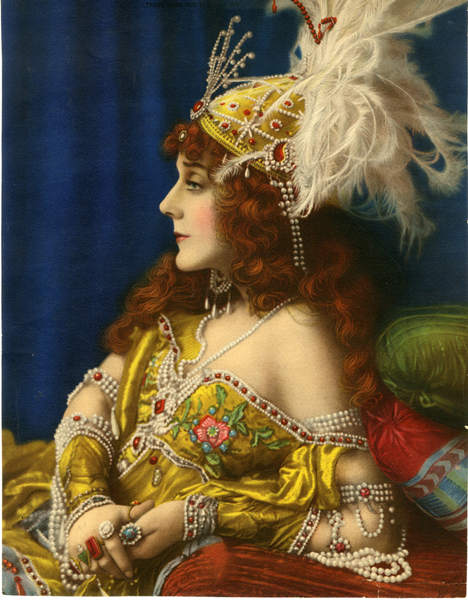
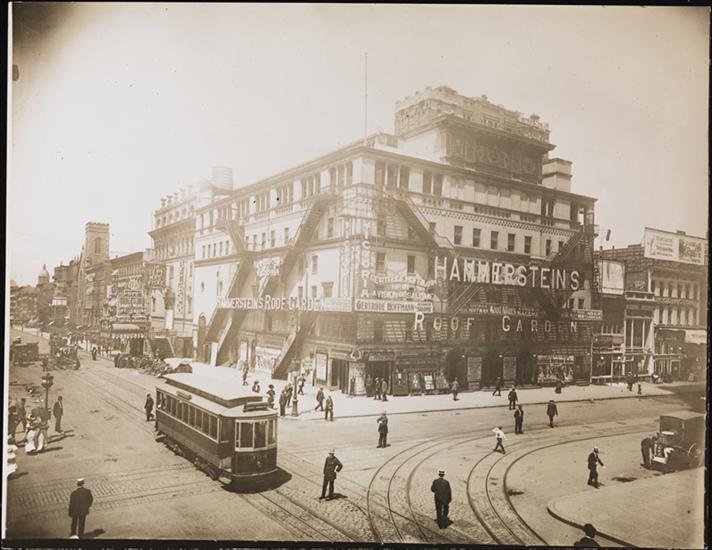


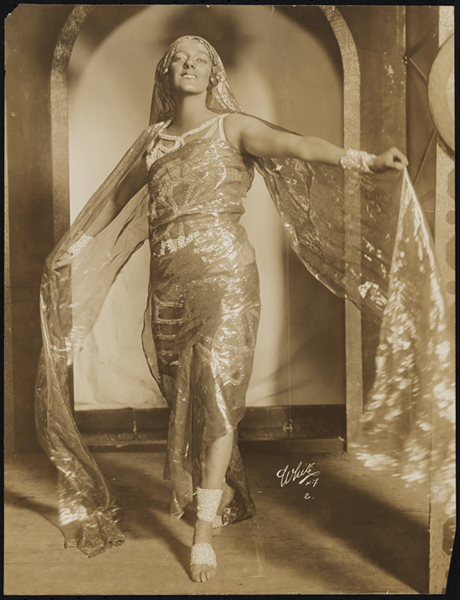

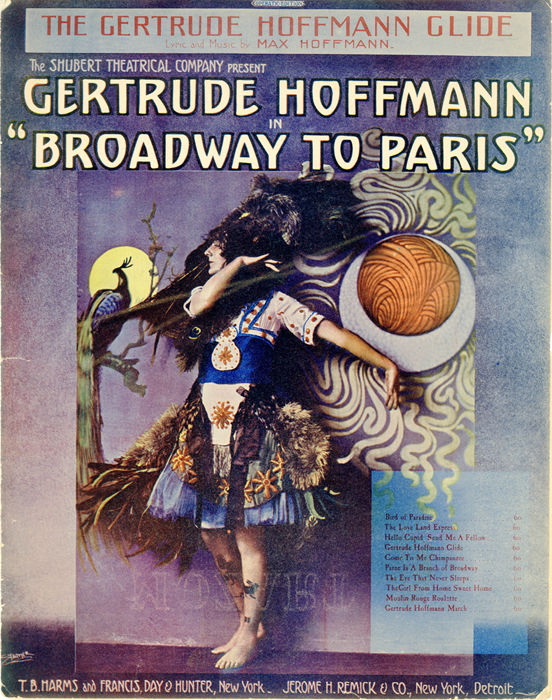
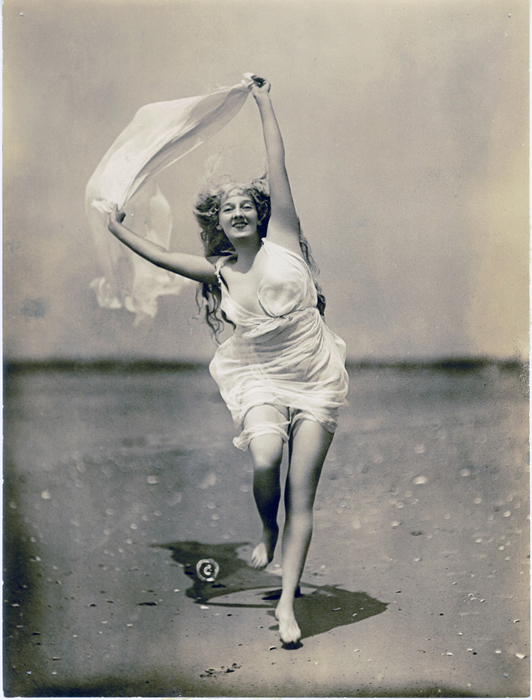
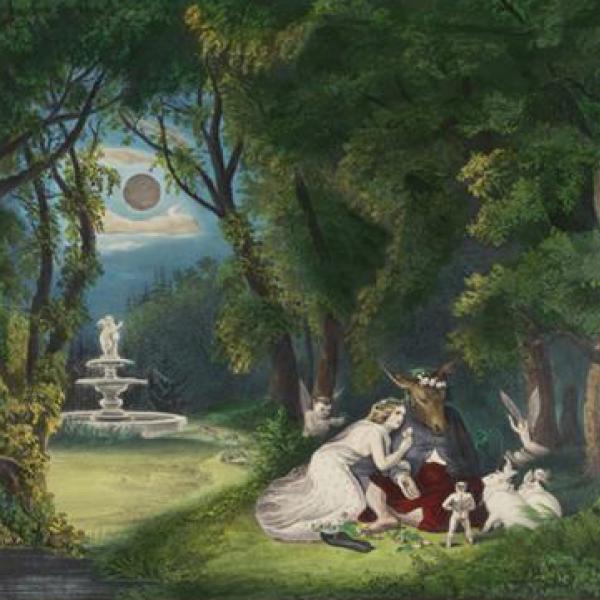
![Byron Company. [James K. Hackett as Mercutio fights Campbell Gollan’s Tybalt] 1899. Museum of the City of New York. 34.271.813G](https://www.mcny.org/sites/default/files/styles/mcny_col_3_thumbnail/public/thumbnail_1.jpg?itok=eLop50mT)
